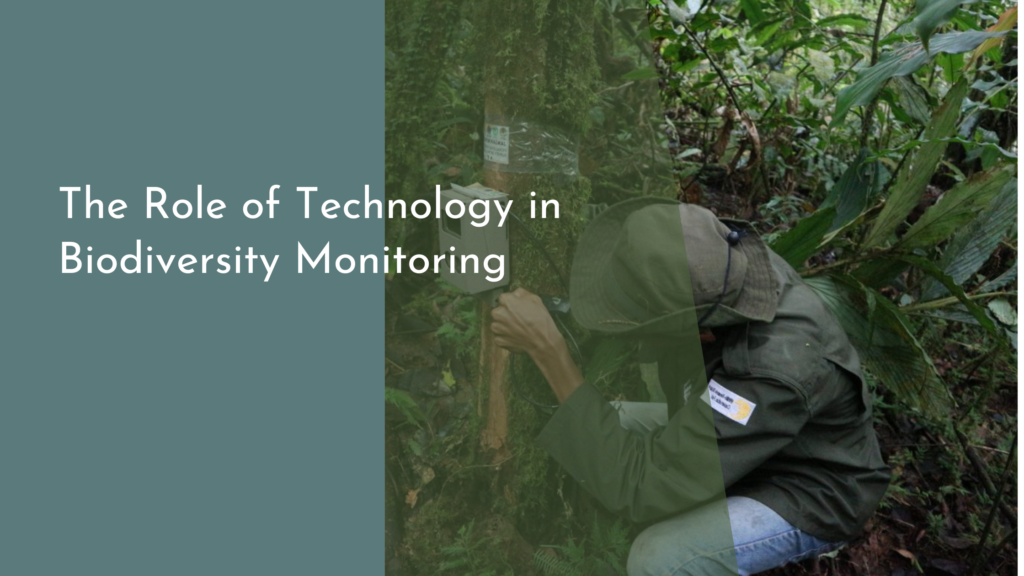The role of biodegradable materials in smart city infrastructure
As urban environments continue to expand and evolve, the concept of smart cities has gained significant traction. These cities leverage technology, data, and sustainable practices to enhance the quality of life for residents. A key component of this transformation involves the integration of biodegradable materials into urban design. By replacing traditional materials with eco-friendly alternatives, cities can reduce their environmental footprint while improving infrastructure. This article explores the role of biodegradable materials in smart city infrastructure, highlighting their benefits, innovations, and potential for a greener urban future.
Understanding Biodegradable Materials in Urban Design
Biodegradable materials are organic substances that can break down naturally through the action of microorganisms, reducing waste and pollution. In urban design, these materials can replace conventional options such as plastics and non-renewable resources. Common biodegradable materials include bioplastics, bamboo, recycled paper, and natural fibers, all of which can be utilized in various infrastructure elements, from pavements to installations in parks. The fundamental idea behind these materials is to create a more sustainable urban ecosystem that minimizes waste and maximizes resource efficiency.
The shift towards biodegradable materials in urban design is also driven by growing awareness of environmental issues and increasing regulatory pressures. As cities grapple with waste management and pollution challenges, there is an urgent need to adopt materials that can lessen the burdens on landfills and ecosystems. By incorporating biodegradable options, urban planners can design spaces that not only meet the functional needs of the community but also promote sustainability and resilience.
The Benefits of Eco-Friendly Materials in Smart Cities
Integrating biodegradable materials into smart city infrastructure brings numerous environmental and economic benefits. One significant advantage is the reduction of landfill waste. Traditional materials, particularly plastics, can take centuries to decompose, contributing to pollution and environmental hazards. Biodegradable materials, on the other hand, break down more quickly and can return nutrients to the soil, fostering a healthier ecosystem. This shift not only helps mitigate waste issues but also encourages responsible consumption and production.
Furthermore, the use of eco-friendly materials often enhances the aesthetic and functional aspects of urban spaces. Biodegradable options can be designed to blend seamlessly with nature, promoting green spaces and biodiversity within cities. By prioritizing sustainability, cities can create a more appealing environment for residents and visitors alike, leading to improved public health and community well-being. Moreover, investing in biodegradable materials can stimulate local economies by supporting businesses focused on sustainable practices and innovations.
Innovations in Biodegradable Solutions for City Life
The development of innovative biodegradable solutions is revolutionizing how cities approach their infrastructure needs. For example, researchers are exploring the potential of mycelium, the root structure of mushrooms, as a building material. This organic material is not only biodegradable but also lightweight and robust, making it an exciting candidate for various urban applications. Additionally, advancements in bioplastics have led to the creation of durable materials that can substitute for conventional plastics in everything from street furniture to signage.
Another notable innovation is the use of biodegradable composites, which combine natural fibers with resins to create strong, lightweight materials suitable for outdoor use. These composites can be utilized in creating pedestrian pathways, park benches, and even structures such as pavilions. With ongoing research and development, the range of biodegradable solutions available for city life continues to expand, providing urban planners with versatile, sustainable options to enhance their infrastructure.
A Greener Future: Biodegradable Materials Transforming Cities
The ongoing integration of biodegradable materials into smart cities signals a transformative shift towards sustainability and environmental responsibility. As municipalities embrace these eco-friendly options, they set a powerful example for other regions to follow. The potential for biodegradable materials to reduce waste, enhance public spaces, and promote biodiversity positions them as a cornerstone of modern urban planning. Moreover, these efforts align with global sustainability goals, contributing to the fight against climate change and fostering a healthier planet.
Looking ahead, the future of urban design is bright with the promise of biodegradable materials. As technology continues to advance and public awareness grows, communities will increasingly prioritize environmentally-friendly practices in their development strategies. The movement towards smarter, greener cities not only elevates the quality of urban living but also cultivates a sense of collective responsibility among residents. By embracing biodegradable materials, we pave the way for a more sustainable, connected, and joyful urban future.
In summary, the role of biodegradable materials in smart city infrastructure is pivotal for creating sustainable urban environments. With their numerous benefits, innovative applications, and potential to transform city life, biodegradable materials are not just a trend; they represent a shift towards a more responsible and eco-friendly future. As cities continue to evolve, let us celebrate the integration of these materials and work together to build greener, smarter communities for generations to come.

